-
 Bitcoin
Bitcoin $118900
-2.33% -
 Ethereum
Ethereum $4288
-0.13% -
 XRP
XRP $3.151
-3.21% -
 Tether USDt
Tether USDt $1.000
0.02% -
 BNB
BNB $809.5
-1.17% -
 Solana
Solana $175.7
-4.75% -
 USDC
USDC $0.0000
0.01% -
 Dogecoin
Dogecoin $0.2246
-5.75% -
 TRON
TRON $0.3473
2.19% -
 Cardano
Cardano $0.7809
-5.18% -
 Chainlink
Chainlink $21.38
-3.48% -
 Hyperliquid
Hyperliquid $43.29
-5.53% -
 Stellar
Stellar $0.4375
-3.21% -
 Sui
Sui $3.685
-6.68% -
 Bitcoin Cash
Bitcoin Cash $595.2
3.50% -
 Hedera
Hedera $0.2483
-6.60% -
 Ethena USDe
Ethena USDe $1.001
-0.01% -
 Avalanche
Avalanche $23.03
-5.28% -
 Litecoin
Litecoin $119.5
-5.02% -
 Toncoin
Toncoin $3.395
-0.07% -
 UNUS SED LEO
UNUS SED LEO $9.007
-1.19% -
 Shiba Inu
Shiba Inu $0.00001304
-5.44% -
 Uniswap
Uniswap $11.35
1.57% -
 Polkadot
Polkadot $3.898
-5.43% -
 Cronos
Cronos $0.1671
-0.16% -
 Ethena
Ethena $0.8121
-2.45% -
 Dai
Dai $1.000
0.02% -
 Bitget Token
Bitget Token $4.412
-1.73% -
 Monero
Monero $264.0
-0.64% -
 Pepe
Pepe $0.00001128
-8.12%
What is AML? What is its role in cryptocurrency?
AML regulations combat money laundering, but crypto's decentralized nature creates challenges. KYC/AML procedures, transaction monitoring, and blockchain analysis are used, but effectiveness remains a constant evolution due to criminal innovation and jurisdictional differences.
Mar 12, 2025 at 02:30 pm
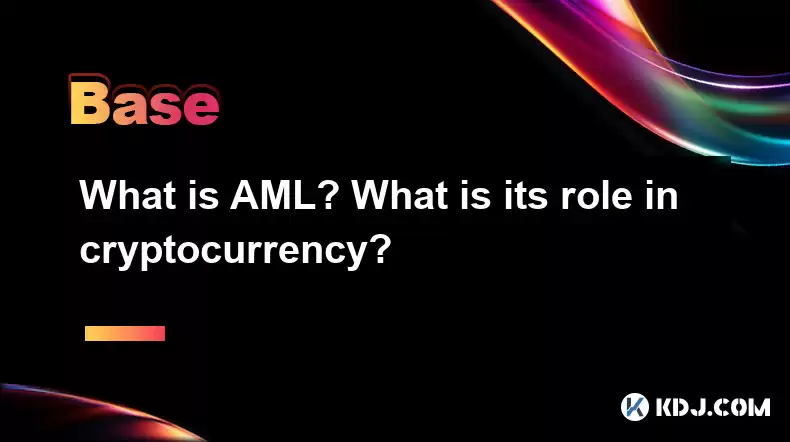
Key Points:
- AML stands for Anti-Money Laundering, a set of regulations designed to prevent the use of the financial system for illegal activities.
- Cryptocurrency's decentralized nature poses unique challenges to AML compliance.
- Various methods are employed to combat money laundering in the crypto space, including transaction monitoring and KYC/AML procedures.
- The effectiveness of AML measures in the cryptocurrency world is constantly evolving and faces ongoing challenges.
- Understanding AML's role in cryptocurrency is crucial for both users and businesses operating within the crypto ecosystem.
What is AML? What is its role in cryptocurrency?
Anti-Money Laundering (AML) refers to a set of laws, regulations, and procedures designed to prevent criminals from disguising illegally obtained funds as legitimate income. These regulations are implemented globally to disrupt financial crime and protect the integrity of the financial system. Traditional AML methods focus on banks and financial institutions, tracing large cash deposits and unusual transaction patterns.
The role of AML in the cryptocurrency space is significantly more complex. Cryptocurrencies, with their pseudonymous nature and decentralized structure, present a unique challenge to traditional AML frameworks. The lack of central oversight and the speed and anonymity of transactions make it relatively easy for criminals to launder money using cryptocurrencies. This necessitates the development of specialized AML measures tailored to the crypto ecosystem.
One of the primary challenges is tracing the origin of cryptocurrency. Unlike traditional finance, where transactions are typically tied to identifiable individuals and accounts, cryptocurrency transactions often occur on public blockchains with pseudonymous addresses. This makes identifying the true owners of the funds and tracking their movements significantly more difficult.
To address this, various techniques are used to combat money laundering in the crypto space. These include:
- Know Your Customer (KYC) and Anti-Money Laundering (AML) procedures: Exchanges and other cryptocurrency businesses are increasingly required to verify the identities of their customers and monitor their transactions for suspicious activity. This involves collecting personal information and comparing it against databases of known criminals.
- Transaction Monitoring: Sophisticated software is used to analyze large volumes of cryptocurrency transactions, identifying patterns that may indicate money laundering activity. This involves looking for unusual transaction amounts, frequent transfers between multiple accounts, and other suspicious behavior.
- Blockchain Analysis: Specialized firms use blockchain analysis tools to trace the flow of cryptocurrency, uncovering connections between seemingly unrelated transactions and identifying potentially illicit activities. These tools can help track funds even through "mixing" services designed to obscure their origin.
- Collaboration and Information Sharing: Regulatory bodies and cryptocurrency businesses are increasingly collaborating to share information and improve AML efforts. This involves sharing data on suspicious activities and developing common standards for KYC/AML procedures.
The effectiveness of these measures is constantly evolving. As technology advances, so do the methods used by criminals to launder money using cryptocurrencies. This necessitates ongoing innovation and adaptation in AML techniques. Furthermore, the decentralized nature of many cryptocurrencies makes it challenging to enforce regulations globally, leading to jurisdictional conflicts and gaps in enforcement.
The regulatory landscape for cryptocurrency is still rapidly developing. Different countries have adopted varying approaches to AML compliance, creating complexities for businesses operating internationally. The lack of a universally accepted standard adds to the challenges of effectively combating money laundering in the crypto space. Moreover, the privacy concerns associated with strict KYC/AML regulations often clash with the core tenets of decentralization and privacy that underpin many cryptocurrencies. Finding a balance between maintaining financial integrity and protecting user privacy remains a key challenge.
The use of mixers and other privacy-enhancing technologies further complicates AML efforts. While these technologies can offer legitimate privacy benefits, they can also be exploited by criminals to obscure the origins of their funds. This creates a tension between the desire for privacy and the need to prevent financial crime.
Frequently Asked Questions:
Q: What are the penalties for violating AML regulations in the cryptocurrency space?
A: Penalties vary widely depending on the jurisdiction and the severity of the violation. They can range from significant fines to criminal prosecution, including imprisonment.
Q: How do cryptocurrency exchanges comply with AML regulations?
A: Exchanges typically implement KYC/AML procedures, such as verifying user identities and monitoring transactions for suspicious activity. They may also employ blockchain analysis tools and collaborate with regulatory bodies.
Q: Are all cryptocurrencies equally vulnerable to money laundering?
A: No. Cryptocurrencies with greater transparency and traceability are less susceptible to money laundering than those offering higher levels of anonymity. However, even transparent cryptocurrencies can be used in money laundering schemes.
Q: What is the future of AML in the cryptocurrency space?
A: The future likely involves more sophisticated technology, increased international cooperation, and a continued evolution of regulatory frameworks to keep pace with the innovations in the cryptocurrency space. Finding a balance between security and user privacy will remain a central challenge.
Q: Can blockchain technology itself be used to improve AML compliance?
A: Yes, blockchain's inherent transparency can be leveraged to improve AML efforts. However, this needs to be carefully balanced with the need to protect user privacy. The development of privacy-enhancing technologies that are resistant to misuse is crucial.
Disclaimer:info@kdj.com
The information provided is not trading advice. kdj.com does not assume any responsibility for any investments made based on the information provided in this article. Cryptocurrencies are highly volatile and it is highly recommended that you invest with caution after thorough research!
If you believe that the content used on this website infringes your copyright, please contact us immediately (info@kdj.com) and we will delete it promptly.
- Dogecoin, Presale, Surge: Riding the Meme Coin Wave
- 2025-08-12 11:10:12
- Dogecoin, Tron, and the ROI Reality Check: What's a Crypto Investor to Do?
- 2025-08-12 11:15:12
- Ethereum Layer-2 Scaling Competition Heats Up as ETH Breaks $4K
- 2025-08-12 10:30:12
- China Regulation, Stablecoins, and BNB Presale: Navigating the Crypto Landscape
- 2025-08-12 11:30:12
- Meme Coins, Investment, and Token Burns: What's Hot in 2025?
- 2025-08-12 10:30:12
- BlockDAG, Chainlink, Hedera: The Cryptos Enterprises are Eyeing
- 2025-08-12 09:30:12
Related knowledge
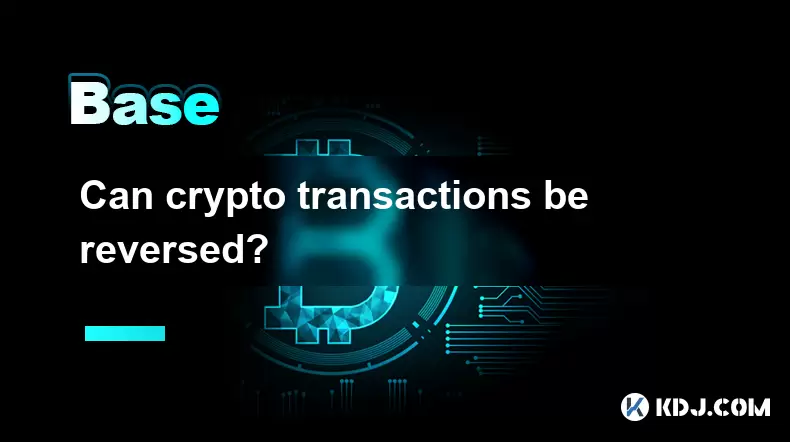
Can crypto transactions be reversed?
Aug 10,2025 at 01:35am
Understanding the Immutability of Blockchain TransactionsCryptocurrency transactions are built on blockchain technology, which is designed to be immut...

What happens if I forget my crypto wallet password?
Aug 09,2025 at 08:50am
Understanding the Role of a Crypto Wallet PasswordA crypto wallet password serves as a critical security layer that protects access to your digital as...
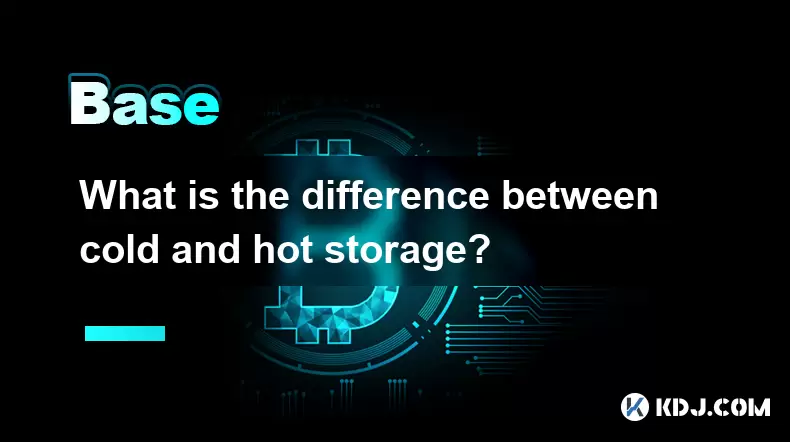
What is the difference between cold and hot storage?
Aug 12,2025 at 01:01am
Understanding Cold Storage in CryptocurrencyCold storage refers to offline methods of storing cryptocurrency private keys, ensuring they are not expos...

What is hot storage in crypto?
Aug 11,2025 at 07:08am
Understanding Hot Storage in CryptocurrencyHot storage refers to cryptocurrency wallets that are connected to the internet. Unlike cold storage soluti...
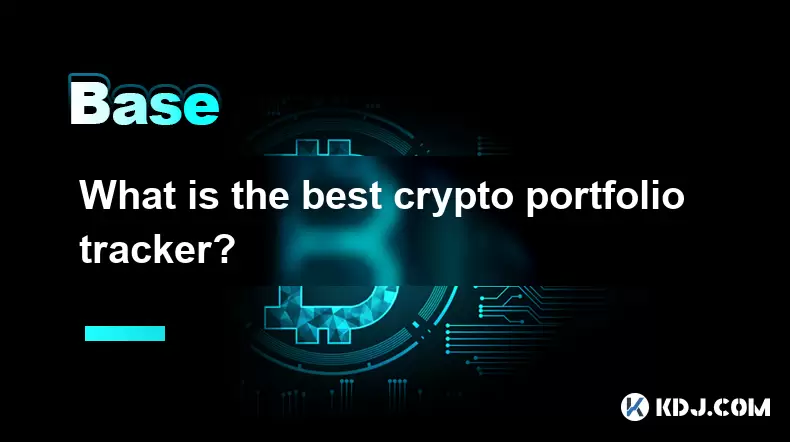
What is the best crypto portfolio tracker?
Aug 10,2025 at 05:08am
Understanding the Role of a Crypto Portfolio TrackerA crypto portfolio tracker is a digital tool designed to help investors monitor the performance of...
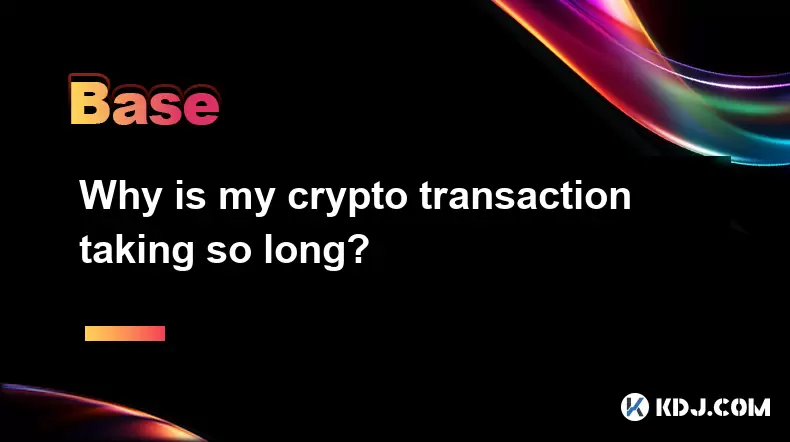
Why is my crypto transaction taking so long?
Aug 11,2025 at 11:35am
Understanding Blockchain Network CongestionWhen a crypto transaction is delayed, one of the most common causes is network congestion on the blockchain...

Can crypto transactions be reversed?
Aug 10,2025 at 01:35am
Understanding the Immutability of Blockchain TransactionsCryptocurrency transactions are built on blockchain technology, which is designed to be immut...

What happens if I forget my crypto wallet password?
Aug 09,2025 at 08:50am
Understanding the Role of a Crypto Wallet PasswordA crypto wallet password serves as a critical security layer that protects access to your digital as...

What is the difference between cold and hot storage?
Aug 12,2025 at 01:01am
Understanding Cold Storage in CryptocurrencyCold storage refers to offline methods of storing cryptocurrency private keys, ensuring they are not expos...

What is hot storage in crypto?
Aug 11,2025 at 07:08am
Understanding Hot Storage in CryptocurrencyHot storage refers to cryptocurrency wallets that are connected to the internet. Unlike cold storage soluti...

What is the best crypto portfolio tracker?
Aug 10,2025 at 05:08am
Understanding the Role of a Crypto Portfolio TrackerA crypto portfolio tracker is a digital tool designed to help investors monitor the performance of...

Why is my crypto transaction taking so long?
Aug 11,2025 at 11:35am
Understanding Blockchain Network CongestionWhen a crypto transaction is delayed, one of the most common causes is network congestion on the blockchain...
See all articles

























































































